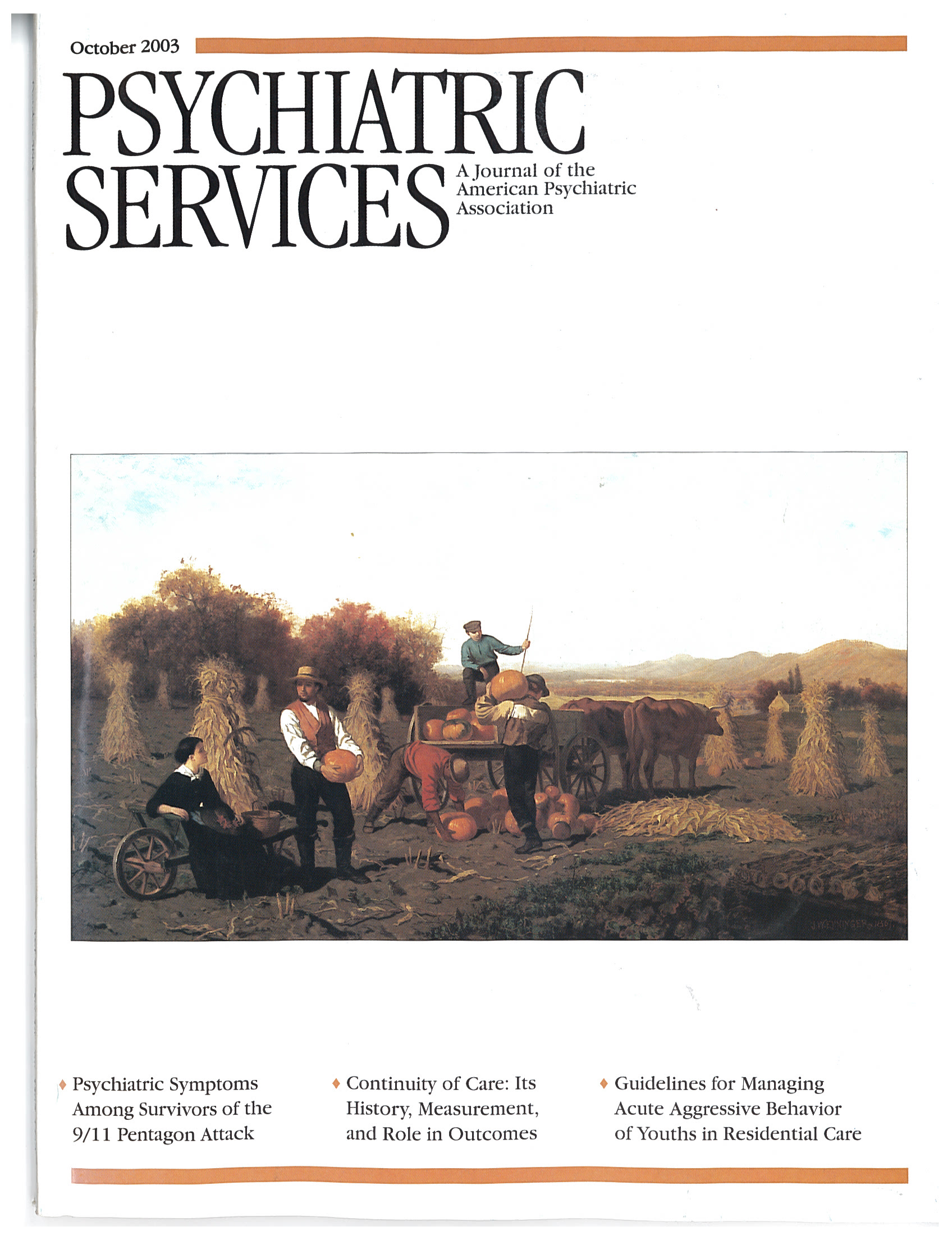Evaluation of a Model of Violence Risk Assessment Among Forensic Psychiatric Patients
Abstract
OBJECTIVE: This study tested the interrater reliability and criterion-related validity of structured violence risk judgments made by using one application of the structured professional judgment model of violence risk assessment, the HCR-20 violence risk assessment scheme, which assesses 20 key risk factors in three domains: historical, clinical, and risk management. METHODS: The HCR-20 was completed for a sample of 100 forensic psychiatric patients who had been found not guilty by reason of a mental disorder and were subsequently released to the community. Violence in the community was determined from multiple file-based sources. RESULTS: Interrater reliability of structured final risk judgments of low, moderate, or high violence risk made on the basis of the structured professional judgment model was acceptable (weighted kappa=.61). Structured final risk judgments were significantly predictive of postrelease community violence, yielding moderate to large effect sizes. Event history analyses showed that final risk judgments made with the structured professional judgment model added incremental validity to the HCR-20 used in an actuarial (numerical) sense. CONCLUSIONS: The findings support the structured professional judgment model of risk assessment as well as the HCR-20 specifically and suggest that clinical judgment, if made within a structured context, can contribute in meaningful ways to the assessment of violence risk.



